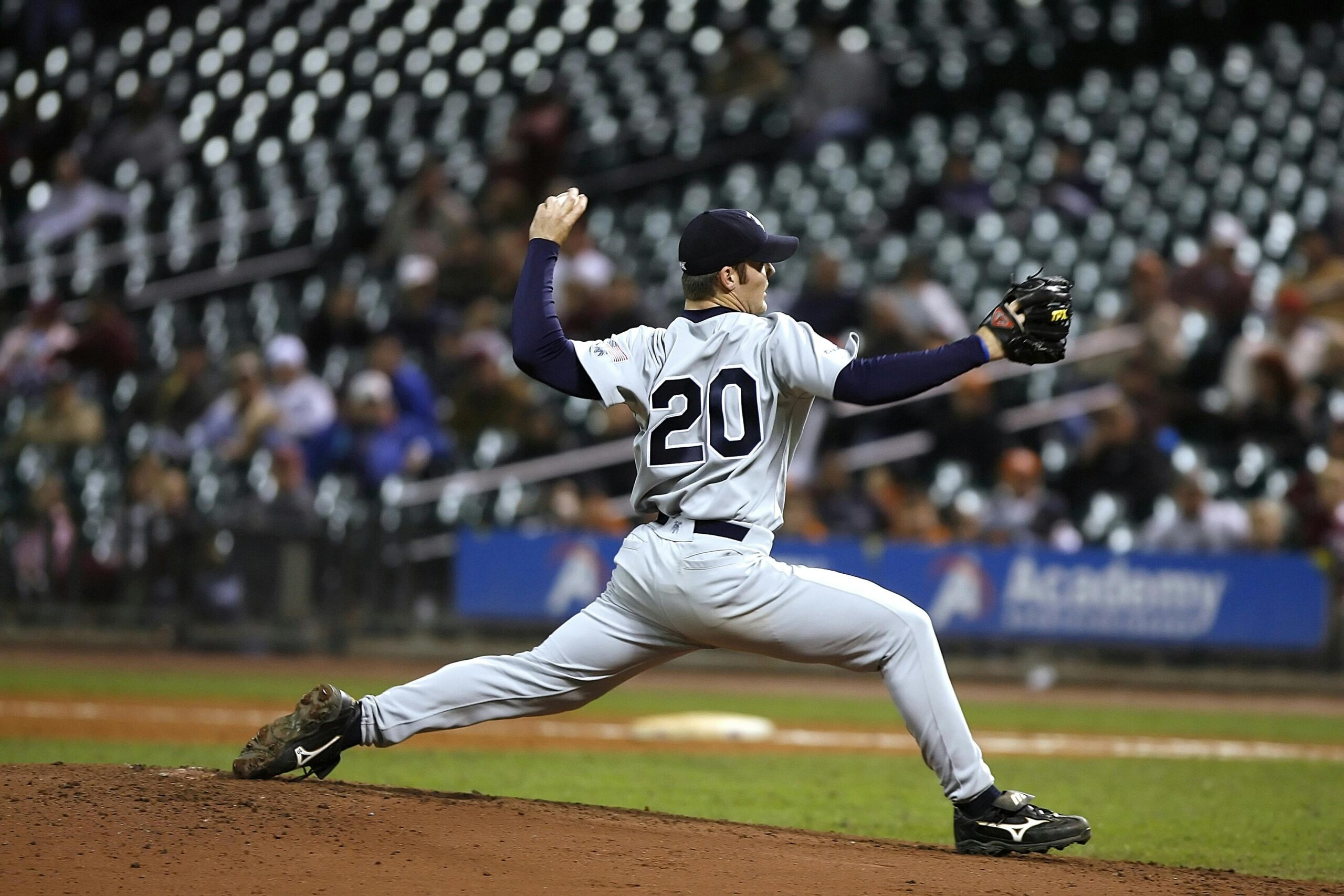Baseball is not just a sport; it is an intricate dance of physics, strategy, tradition, and raw emotion that plays out on a diamond of dirt and grass. It’s a game with a rich history that binds generations of fans and players in a shared narrative of triumphs, defeats, records, and legendary feats. The tapestry of baseball is woven with stories of perseverance, spirit, and an almost poetic rhythm that keeps people enamored season after season.
The very essence of baseball lies in its simplicity and complexity. On the surface, the game seems straightforward. A pitcher hurls a ball toward a batter who, depending on his skill and a bit of serendipity, will hit it and attempt to score. Yet beneath this uncomplicated veneer shimmers a web of subtleties and decoys, bluffs and chances that drive the excitement and tension in every inning.
Consider, for instance, the role of the pitcher. This is not just a matter of sending the ball over the plate; it is an art form. A good pitcher is an intellectual as much as an athlete, a chess master orchestrating moves two, three steps ahead of his opponent. He studies batters meticulously, looking for any hint of weakness that can be exploited. Baseball hums with phrases like “change-up,” “slider,” and “curveball,” jargon that captures a pitcher’s calculus to throw off a batter’s timing—a duel of minds where the difference between a home run and a strike can be millimeters.
And then there is the batter, standing with a bat gripped firmly, eyes keenly locked on the pitcher, nerves steeled for the confrontation. Batting is one of the most intensely psychological and pressure-filled roles in sports. A batter faces the ability to connect squarely with the pitch, resulting in the triumphant thrill of a crack signaling a potential home run. Hitters analyze as much as they react, adjusting their stance, grip, and expectations with every pitch. The most successful can sense changes in a pitcher’s demeanor or rhythm and exploit them deftly, converting an adversary’s mistake into their moment of glory.
Every baseball fan cherishes the spectacle of a home run, a momentarily anticlimactic explosion where the ball sails high, the batter trots with a measured gaze around the bases, and fans rise in synchronized joy. These instances transcend the game and become legends, recorded in folklore and replayed in endless highlight reels. But not to be overlooked is the quiet heroism of a sacrifice bunt, a double play, or a stolen base—all meticulous, precise maneuvers that can turn the tide of a game just as effectively as a moonshot into the stands.
Behind the immediate play lies a deeper strategic layer led by the managers—those stewards of the dugout who command their squads with tactical nous and a keen understanding of every player’s strengths and weaknesses. Baseball managers have been philosopher-kings, iconoclasts, and unflinching believers of the gut and number alike, able to play the odds but also to inspire and motivate their teams to achieve the improbable. Their decisions ripple through the lineup—when to bring in a reliever, how to set up the batting order, when to call for a squeeze play. Each choice carries potential ramifications that can significantly alter the game’s momentum.
Further, the beautiful unpredictability of baseball offers a democratic charm that accentuates its allure. Unlike sports dominated by physical size and strength, baseball allows room for players of various builds and peculiar talents. The smash hitter does not necessarily outshine the clever base runner, the nimble shortstop aspires to excellence just as a powerhouse pitcher. All can find their niche and make a significant difference, an invitation to embrace one’s uniqueness.

The storied history of baseball also bears witness to its capacity to be a catalyst for social change. From Jackie Robinson breaking the color barrier to the inclusion of international players contributing their flair and depth, baseball has been a crucible for broader cultural dialogues and shifts. In its stadiums and ball fields, conversations about race, gender, and identity have taken center stage, challenging the norms and inviting a continually broader audience into its fold.
The past, present, and future interlace fluidly in baseball, turning each game into an ever-evolving narrative chapter—a series of unwritten stories waiting to unfold. Scribbling new pages in history with every pitch, every swing, every out, the game perpetually marches on, steadfastly holding its place at the heart of American culture while expanding its reach globally.
As seasons come and go, intergenerational bonds are forged through the shared love of the game—the grandfather explaining Willie Mays’ lionhearted field play to his curious grandson, a mother recounting her nail-biter games in the Little League to her attentive daughter. These bonds are not merely relational; they are a living testament to baseball’s emotional resonance, uniting individuals who find solace, thrill, and joy in its narrative.
In this melodious harmony of past and future, baseball endures as more than a pastime; it’s a journey that captures a unique zeitgeist brimming with the unpredictability and vividness of life itself. Its enduring capability to surprise, excite, and inspire mirrors our own narratives and ambitions—hitting home the core of our human experience in a pitch, a hit, and a catch.
Baseball thrives on its ability to continuously deliver moments of unexpected drama, breathtaking skill, and compelling human stories—hallmarks that define it as an epic yet completely accessible saga, written in the emotions of every fan, player, and observer. The game captured in the present yet gazing toward eternal skies, waiting to reach us with yet another exhilarating, unforgettable moment.
Baseball: Where legends are born, and the magic never ends.

Share this post with your friends and family!